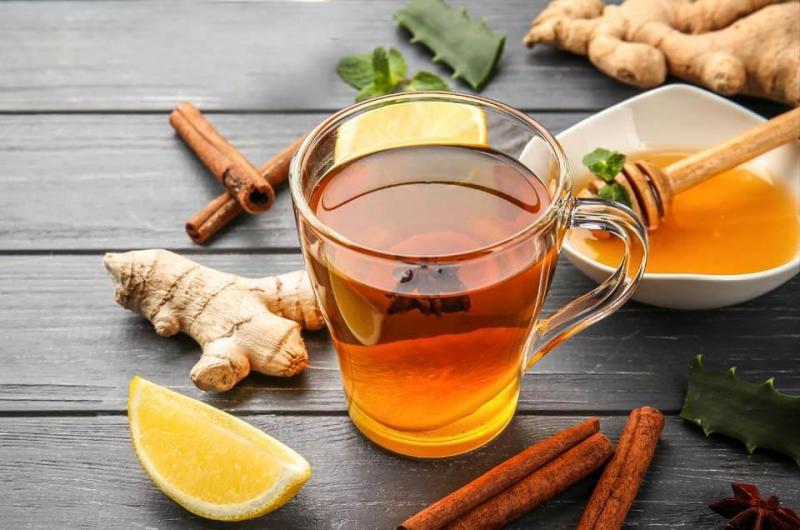
Lady Nancy Astor once scolded Winston Churchill by saying, "If you were my husband, I'd poison your tea.” Churchill replied, "Nancy, if I were your husband, I'd drink it.”
Tea is the most popular drink in the world. According to World Tea News, we drink 25,000 cups of tea every second, or around 2.16 billion cups per day. While most of the tea is black tea from the semitropical shrub Camellia sinensis, the plants are sensitive to cold and only hardy to USDA Zone 8.
Luckily, many common herbs make a wonderful caffeine-free tea.
During colonial times, when nearly everyone had an herb garden, newspapers often published herbal recipes, with ingredients such as lavender, peppermint, marjoram, hyssop, raspberry leaves and dandelion.
But not every herb from the garden makes good tea, which is why you never hear of parsley tea. The best way to make your own homebrew tea is by experimenting with various combinations.
Members of the mint family are always popular teas, such as peppermint (Mentha piperita) and spearmint (Mentha spicata). Many common flowers will do double duty as ornamentals and as herbal teas. Try calendula (Calendula officinalis), marshmallow (Althaea officinalis), and bee balm, also known as echinacea (Monarda ssp).
Many herbal teas have medicinal properties. Tea from catnip (Nepeta cataria) and chamomile (Anthemis nobilis) can relax you and help you sleep. Let common sense guide you, and remember, just because a plant is natural doesn’t mean it’s safe. Many common garden plants are actually toxic. Avoid making tea from foxglove (Digitalis purpurea), wild carrot or Queen Anne’s lace (Daucus carota), and monkshood (Aconitum). Stick to edible herbs and you will avoid most problems.
While most herbs can be started from seed, you may want to purchase plants to get a head start on the growing season.
Herbs are often native to areas of poor soil and droughts, so never fertilize your herbs. Fertilizer might give you lots of foliage but the lush foliage often lacks essential oils and therefore lacks flavor.
Herbs for tea grow well in pots. Because herbs often hail from poor, rocky soil, they do well even a bit crowded or slightly root-bound in pots. If your herbs are potted, you will still need to water them frequently, because pots dry out quickly.
When making herbal tea, crush the leaves to release more of the essential oils. Use about a tablespoon of fresh herbs for every cup of hot water. Let the tea steep for a good 10 or 15 minutes. Most herbal teas will not be dark like black tea. If the tea is bitter or bland, try adding lemon peel, orange peel, cloves, ginger or cinnamon. The seed balls that form on roses, called rose hips, can be used in tea, but only if the rosebushes have not been treated with pesticides.
A favorite herbal tea is a mixture of lavender flowers, clover flowers and raspberry leaves. Spearmint leaves are popular additions to most herb tea mixtures. Pick your fresh herbs early in the day for best flavor.
Grow your own herbal teas, whether in the garden or on a windowsill, and you will have the fortitude to face the day, because herbal tea is a bit like mankind itself, and never knows its strength until it gets into hot water.
The Link LonkFebruary 18, 2021 at 06:09AM
https://ift.tt/3rVL8Ei
Many herbal teas have medicinal properties - CapeGazette.com
https://ift.tt/3eCf9lu
Herb
No comments:
Post a Comment